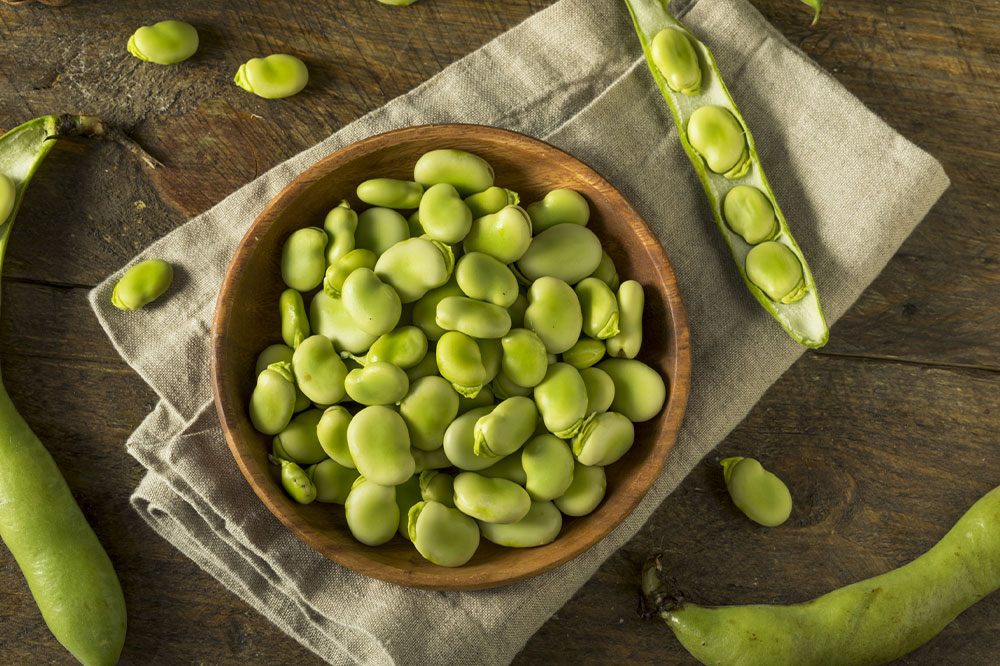3 tips to manage Parkinson’s disease

Parkinson’s is a neurodegenerative condition that affects the movement of the individual. It affects the brain and the nervous system and leads to symptoms such as uncontrolled movement, stiffness, tremors, and loss of balance and coordination. Approximately one million people in the country have Parkinson’s disease. Read on to learn more about the effective ways to manage this condition. Here are the treatment options, foods to eat and avoid, and lifestyle changes to manage Parkinson’s.
Treatment options
Although Parkinson’s disease is not curable, there are many treatment options. These help slow down the progression of this degenerative condition and tackle the various signs and symptoms. Here are some of the common treatment options prescribed for Parkinson’s disease:
- Levodopa
One of the most potent treatment options for Parkinson’s disease is levodopa. It can often cause nausea and vomiting. This is why it is usually prescribed or available in combination with carbidopa. Levodopa is a precursor of dopamine, and it is used to control the bradykinetic symptoms that affect movement. - Carbidopa
Carbidopa is a class of treatments called decarboxylase inhibitors. It focuses on preventing the breakdown of levodopa into dopamine before it reaches the brain. - RYTARY®
RYTARY® is an extended-release carbidopa/levodopa oral capsule. It contains beads of carbidopa and levodopa that dissolve and get absorbed at different rates. Common side effects include nausea, confusion, and dyskinesia. - ONGENTYS®
ONGENTYS® (opicapone) is a prescription treatment that is used to manage “down” or “off” periods with Parkinson’s disease. It is prescribed in combination with levodopa and carbidopa. It is a once-a-day capsule. Serious side effects include falling asleep during activities, low blood pressure, sudden movements, hallucinations, and unusual urges. The most common side effects include constipation.
Meal plans
Aside from treatment, eating the right foods can help patients manage their symptoms to a certain extent. Foods rich in antioxidants, foods with omega-3 fatty acids, nutritionally dense foods, and fava beans can go a long way when fighting Parkinson’s. That is because they help tackle any nutritional deficiencies. On the other hand, some foods can worsen the symptoms of Parkinson’s disease. Foods that are hard to chew can be troublesome for those with Parkinson’s and are best avoided. Processed foods and foods with high levels of saturated fats can also lead to secondary diseases such as cardiovascular conditions.
Lifestyle changes
Making certain lifestyle changes can also help ease Parkinson’s symptoms. Drinking plenty of water, physical therapy, exercise, and even exposure to fresh air and sunshine can go a long way in managing symptoms.